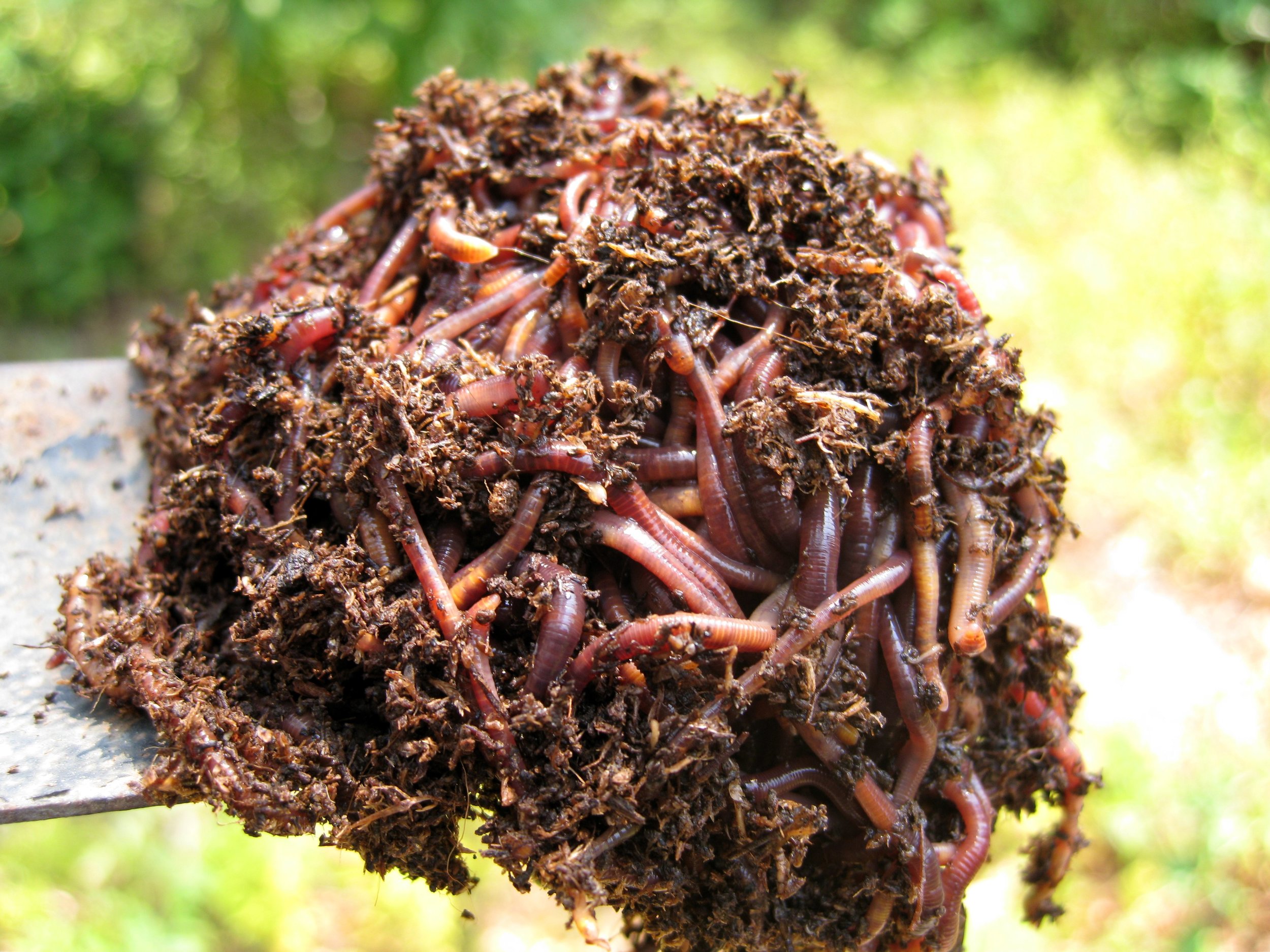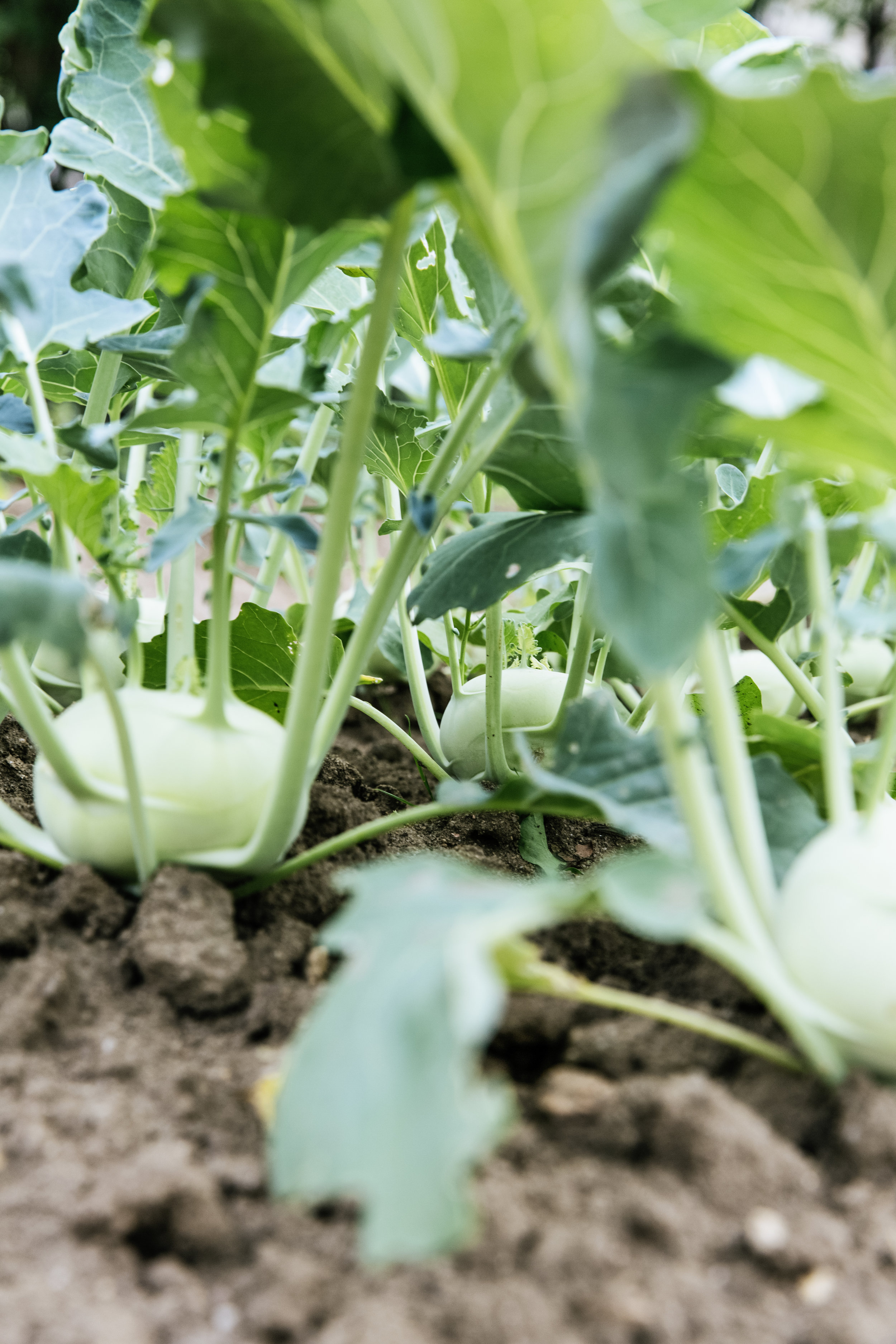What If This Goes On: Why ‘Cli-Fi’ Is Recommended For Anyone Interested In Climate Futures (More So For Those Who Aren’t!)

Floods in one part of the country. Drought in so many others. States fighting over water – to grow crops, for water to drink.
It’s already happening, and it's only the tip of the iceberg as our unceasing attack on the environment in all its myriad forms begins to take its toll. It’s only going to get worse if we don’t do something soon, and doing begins with understanding why it must be done, by honestly asking ourselves the inconvenient question, ‘What if this goes on…?’
Welcome to India in the year 2047, a hundred years after Independence. Water wars rage across the country. Some states are ready to go to battle with one another and armies are readied. Meanwhile another state takes the extreme step of towing icebergs from the Antarctic ice sheet (or rather what’s left of it) all the way into the Bay of Bengal to the mouth of the Ganga, to overcome the freshwater shortage but mostly in the hopes of kick-starting long-delayed monsoons. This harrowing yet plausible vision of our future comes to us courtesy of Ian McDonald’s 2004 acclaimed novel, River of Gods. Are there more such examples where storytellers have imagined our world’s climate future(s)? Well-told stories that go beyond statistics and alarmist headlines to show the effect of climate change on the everyday lives of people like you and me? Cautionary tales that extrapolate from our current situation to tell us what lies in store if we don’t take corrective action? The answer to all these questions is ‘yes’. And it’s a genre that goes by the name of ‘Climate Fiction’, or Cli-Fi for short. While the term is new – coined as late as 2008 by the journalist Dan Bloom – climate fiction, or rather stories that deal with man-made climate change (and its effects thereof) have been around for much earlier than that.
When it comes to climate change we need such stories the most, because in this subject, history does not hold any lessons for us to learn from, because this is the first time humankind is making this mistake.
From time immemorial, stories have been the best and most effective way for people to make sense of their world. Be it Aesop’s fables or Vishnu Sharma’s Panchatantra, stories help us understand our world better, and through them to learn our lessons. When it comes to climate change we need such stories the most, because in this subject, history does not hold any lessons for us to learn from, because this is the first time humankind is making this mistake. And with the past completely unhelpful as a guide, it is time perhaps to pay heed to warnings from the futures that climate fiction has imagined, if only to be shaken out of our complacent stupor and not the least, to make up for the lack of education about environmental protection and climate change in the syllabi of our educational institutions, which though mandated, doesn’t go beyond the usual platitudes and cut-and-dry ‘lessons’ even among the textbooks that talk about it. “We do not inherit the earth from our ancestors, we borrow it from our children” goes an oft-quoted saying. If that be so, all the more reason why our children – and young readers – should be reading climate fiction, because these stories portray a dystopian world that they just might inherit and inhabit. Yes, dystopian worlds and visions aren’t the best books to fuel anyone’s optimism, but if these stories and their inconvenient truths, can drive a point home and contribute in some way to avoid an apocalypse of our own making, so be it. Cli-fi stories may be set in the future, but make no mistake, they are about now, merely taking what we’re doing to our environment to their logical end.
So here then, are just 5 standalone cli-fi books that I’d recommend. A list that is by no means comprehensive or complete especially given the complexity of the topic, but one that I hope acts as a good ‘starter pack’ for you – especially if you’re a young reader – to read and to recommend to anyone interested in climate futures.
George Turner - The Sea and Summer
A masterful exploration of the effects of climate change in the not-too-distant future, The Sea and Summer is set in a world, where the greenhouse effect has led to eternal summers and rising sea levels have eaten up coastlines and that have all but completely encroached land in an island called Australia. The inhabitants have been split into two castes: the so-called prosperous 10% are known as the Sweet while the rest are known as the Swill. The Sweet live precariously in middle-class suburbs, while the Swill are jammed into enormous, barely maintained high rises that flood with sewage at the whiff of rain. With ample background detail that starkly brings a drowned world and its attendant problems into focus, the story follows the paths of two young Sweet children who lose their status and have to deal with being a part of the bottom 90% of the society following the death of their father.
Kim Stanley Robinson – Green Earth
This book is technically standalone in that it takes a classic (some would say revered) trilogy of well-fleshed-out climate fiction from one of the greatest science fiction authors alive – the Science in the Capital trilogy comprising Forty Signs of Rain, Fifty Degrees Below, and Sixty Days and Counting – and combines it in an updated, compressed and extremely compelling single volume set in a world where the Gulf Stream is shutting down, the ice caps are melting and extreme climates are the norm not the exception. A cli-fi landmark, Green Earth features all the Kim Stanley Robinson trademarks that make this a must-read: cutting-edge science, political implications and their impact on policy, and real, relatable human stories. Green Earth – Kim Stanley Robinson says – is a very nice description of what we can achieve in the coming centuries, if we succeed in building a sustainable civilization. We haven’t done that yet, but now is as good a time to start as any, and this book details one path of what that start could walk down.
Barbara Kingsolver – Flight Behavior
Climate change is more than just a ‘drowned world’ brought about by rising sea levels, with its effects not limited to humans alone, but to our planet’s flora and fauna as well. And what affects them, has an effect on us, ultimately. Barbara Kingsolver, a writer known for her lyrical prose and empathetic stories, brings this into focus with a novel that has as its starting point an unsatisfied farm wife discovering a valley full of monarch butterflies in a place that they shouldn’t be at all, displaying unseasonal patterns that goes against everything that people know about butterfly migration. The flummoxed locals and others come up with many a theory, not all of them scientific in any way, until an ornithologist proposes a very different reason for the aberrant behaviour of the butterflies: climate change. The monarch butterflies may take centre stage in this poignant tale, but what the book leaves you with is the very human consequences of climate change, the cause of which being – who else, but – us humans.
Maja Lunde – The History of Bees
If the previous book was about butterflies, this equally gripping tale is about another flying insect, the humble bee, and as with the previous book in a very human context, driving home the effects of climate change but more so the interdependence of nature and humanity. The story follows three narrative stands: England, 1851. William is a biologist and seed merchant, who sets out to build a new type of beehive that will give both him and his children honour and fame. USA, 2007. George is a beekeeper who has spent his life keeping bees the old-fashioned way, and is fighting an uphill battle against modern farming, with hopes for his son, who in turn has other ideas. China, 2098. Tao is one of the many ‘human bees’ who manually sweep pollen from one flower to another, now that all the real bees are forever gone. When Tao's son is mysteriously hurt, and taken away by the authorities, she sets out on a journey to find out what really happened to him. The History of Bees weaves these three strands into a thought-provoking story of relationships, love and loss, against the backdrop of the long-term effects of climate change.
Philippe Squarzoni – Climate Changed: A Personal Journey through the Science
A book that tells the story of one man – in this case, author and artist Philippe Squarzoni – telling the story of his journey to find out the causes, consequences, catastrophes of global warming and climate change, in illustrated comic form. A journey that takes him though the science of it all, as he navigates the opinions, philosophies and ideas about climate change – not just to educate himself on it, but also the reader. Remarkably informative, yet very readable not least because of its graphical approach to storytelling, Climate Changed is also very moving, and as the title states, personal, as Squarzoni ponders the question of the scale of climate change and asks 'can one individual person make any difference at all?'
That’s it for the list, but to answer that question, Yes. I honestly believe that one person can make a difference. And that person is you. Me too. Because we must. As the explorer Robert Swan said, ‘The greatest threat to the planet is our belief that someone else will save it.’ When it comes to the future of the only home we have for now, it is high time we stopped waiting for ‘someone else’.
Featured Image: Sculpture by the Spanish street artist Isaac Cordal titled ‘Politicians Discussing Global Warming’, part of his larger street art installation called “Follow the leaders.”










